Robert Berger is a third-generation Angeleno who dares to do the unthinkable in Los Angeles.
He actually gets out of his car and studies old buildings.
Berger, an architectural photographer with Berger/Conser Architectural Photography, is interested in historic Los Angeles. Previously, he photographed all the old movie theaters and published them in a book: “The Last Remaining Seats: Movie Palaces of Tinseltown.”
He then turned his attention to historic buildings of a different kind: places of worship.
Over a three-year period, Berger visited 300 churches, synagogues, and temples in Los Angeles and photographed them. Some he discovered through research; others he found just by driving around. Often, when photographing the spaces, he started in early evening and worked until dawn. Berger judged 54 of the buildings to be the most historically and architecturally significant places of worship in Los Angeles, and he published those photographs in a book, “Sacred Spaces, Historic Houses of Worship in the City of Angels.” (Balcony Press, 2003). In August, Berger’s photographs will go on display at the Ruby Gallery at the Skirball Cultural Center.
“My family has been in Los Angeles for 100 years, but how often is it that you go to Vernon, Lincoln Heights or Boyle Heights?” said Berger, referring to his photographic expeditions. “It was fascinating — it gave me a great feel for the city.”
The elegant photographs of “Sacred Spaces,” and the accompanying text by architectural historian Alfred Willis, tell an interesting story of Los Angeles and the various demographic shifts that took place in the city over the last 150 years. For example, several of the churches photographed, such as Korean Philadelphia Presbyterian Church in Mid-Wilshire, or the Welsh Presbyterian Church downtown, were once synagogues. Other synagogues, like the Breed Street Shul in Boyle Heights, sit deserted and abandoned, as their congregations moved, and the neighborhood changed.
“People see my work and say ‘I have driven by that church many times, but I would never have thought about looking inside,'” Berger said. “I want people to get out of their cars and look at things they wouldn’t normally go to, and experience the street life and the history [of Los Angeles].”
“Sacred Spaces: Historic Houses of Worship in the City of Angels” is on display at the Ruby Gallery at the Skirball Cultural Center, 2701 N. Sepulveda Blvd., Los Angeles from Aug. 11-Nov. 27. Free. For more information, call (310) 440-4500 or visit
Did you enjoy this article?
You'll love our roundtable.
Editor's Picks



What Ever Happened to the LA Times?

Who Are the Jews On Joe Biden’s Cabinet?


No Labels: The Group Fighting for the Political Center
Latest Articles
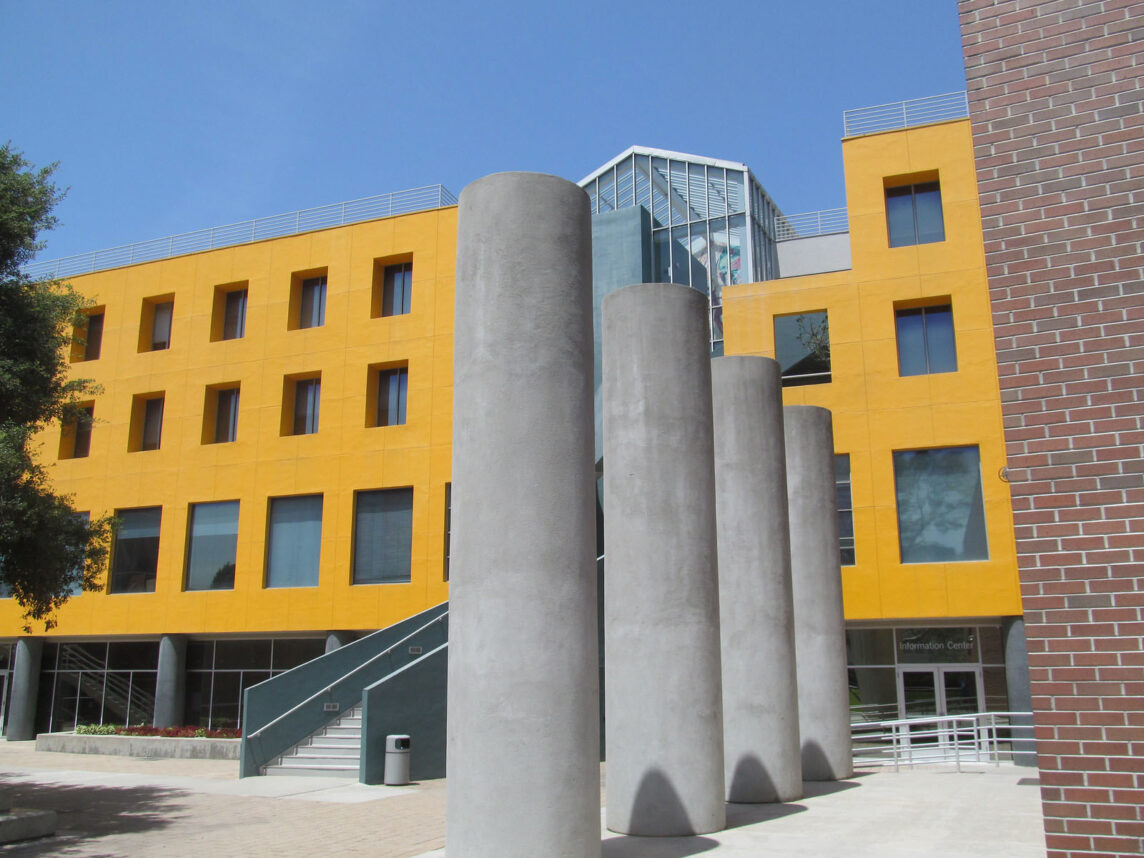
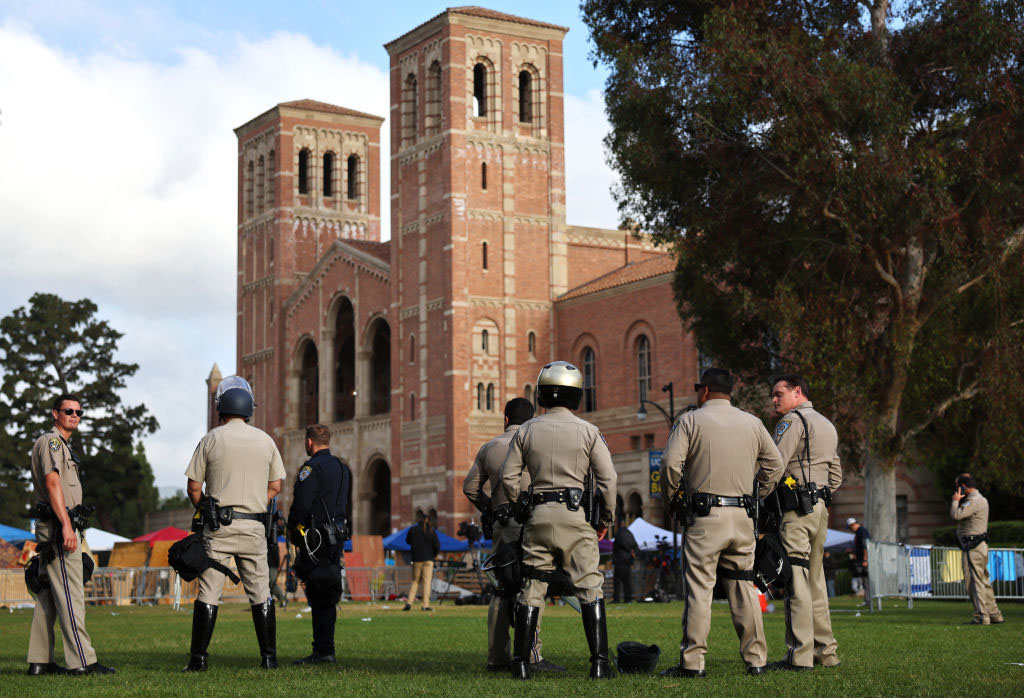
UCLA Cancels Classes Following Night of Violence
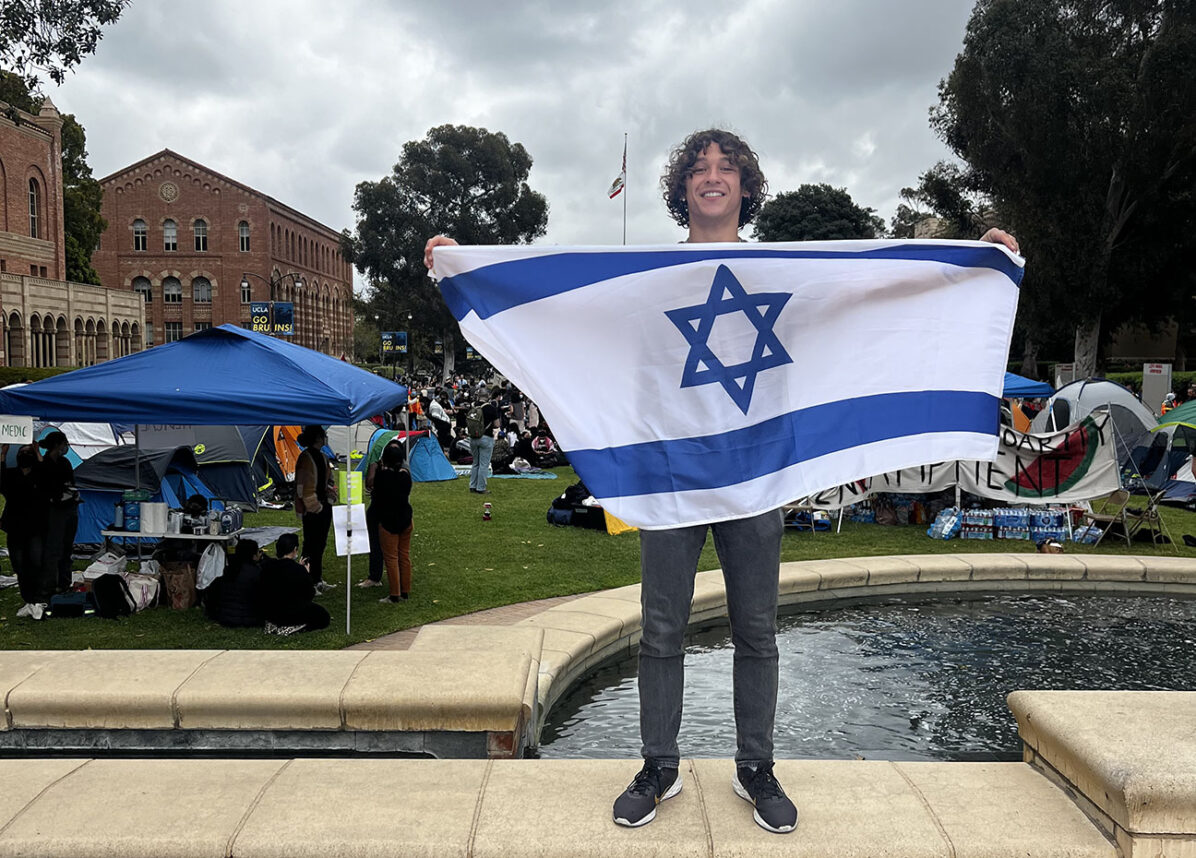
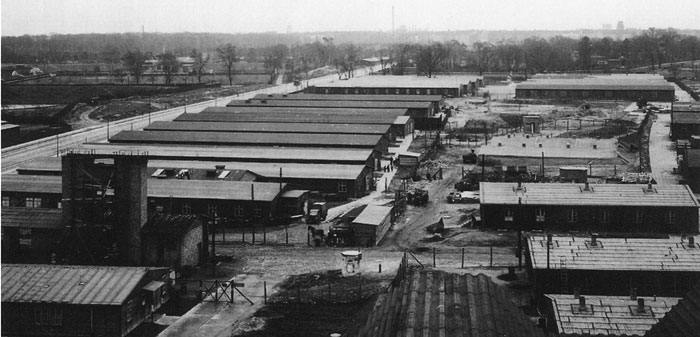
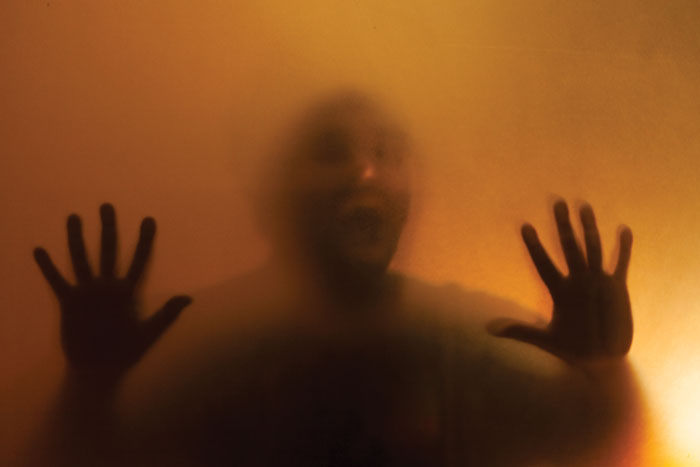
The Screams in the Thicket
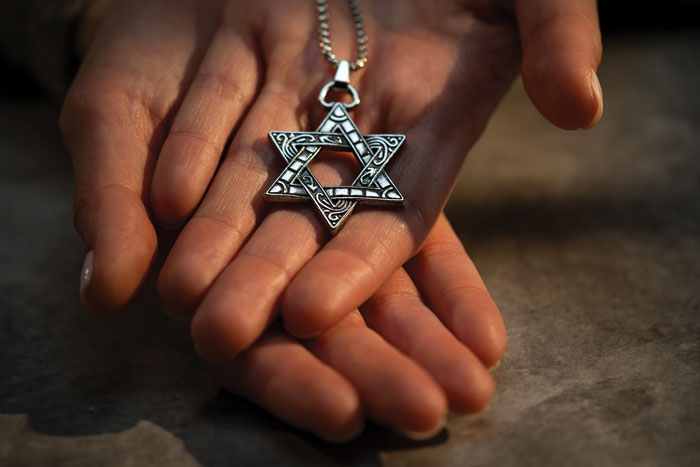

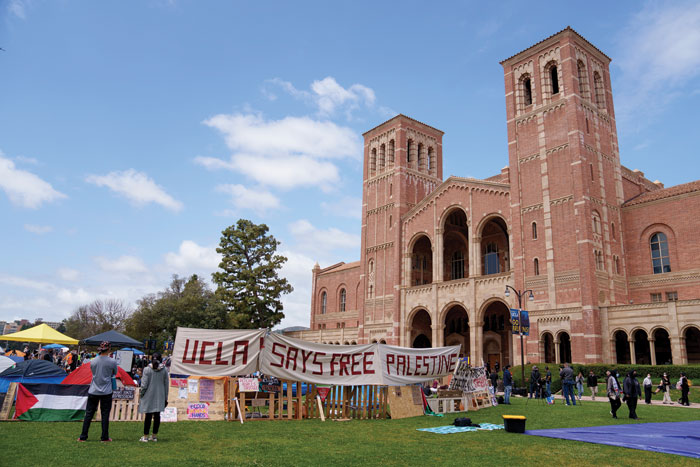


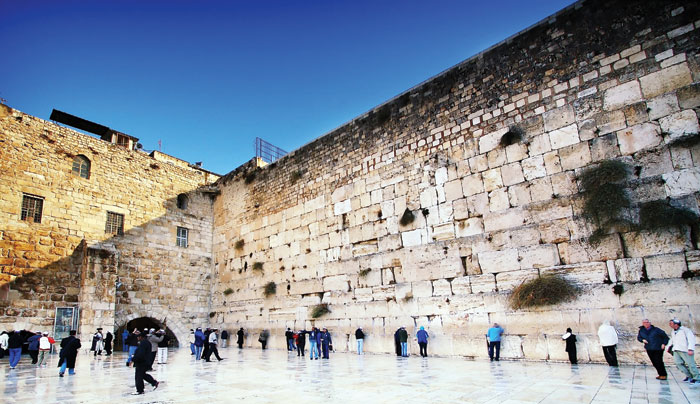





 More news and opinions than at a Shabbat dinner, right in your inbox.
More news and opinions than at a Shabbat dinner, right in your inbox.